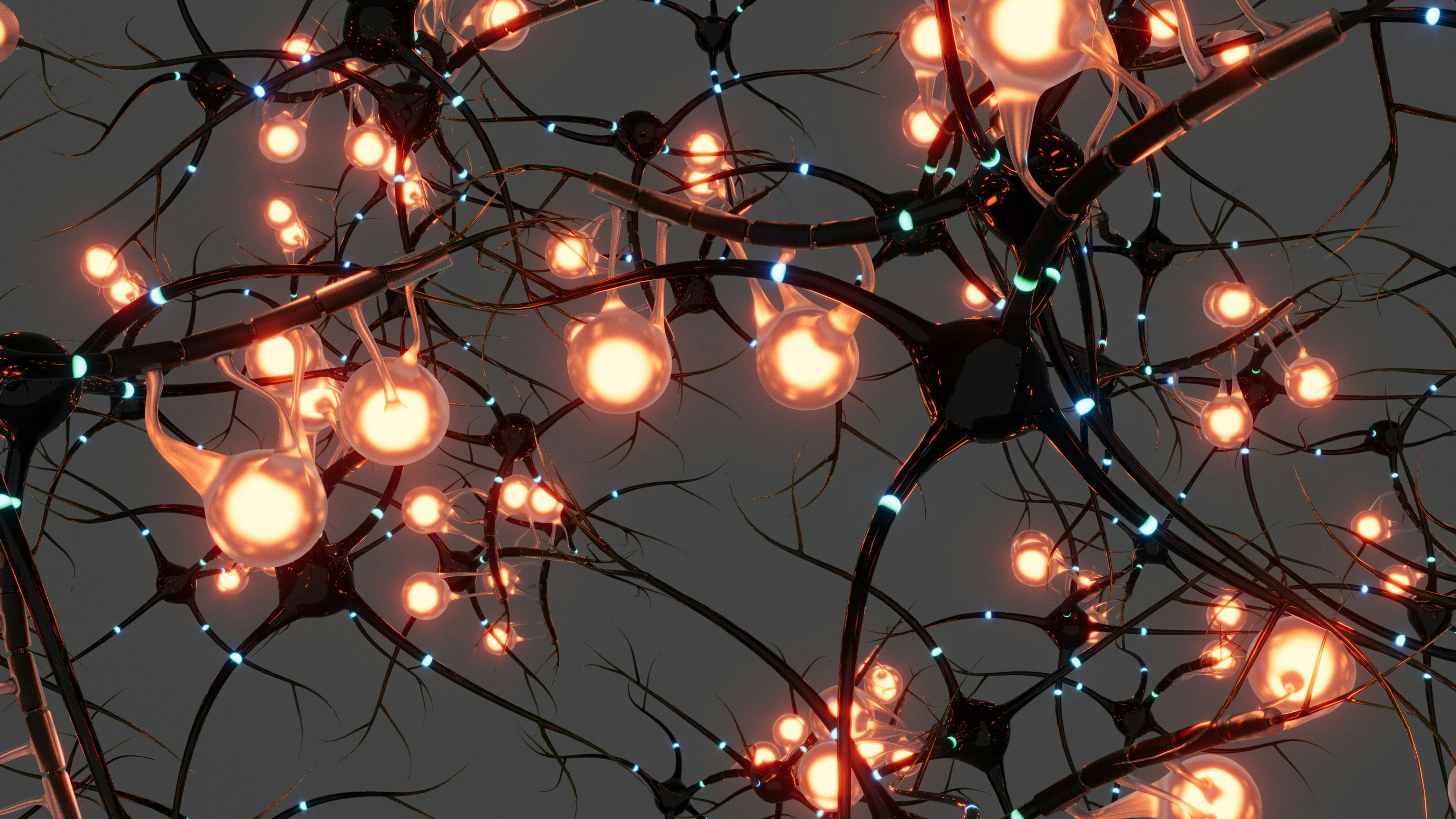Mental Health and the Signals That Shape Us
The human brain is remarkably complex. As the locus of control, it’s a living network of billions of cells sending signals in real time, shaping how we feel, act, and relate to the world around us. When these signals are flowing well, we adapt, reflect, and recover. But when the system falters — when signals are weak, disorganized, or stuck — it can feel like something essential is not working correctly. For people living with depression, especially treatment-resistant depression, this disruption can be devastating.
Ketamine therapy has emerged as a fast-acting, innovative approach to treating depression not by simply boosting chemicals or blunting symptoms like traditional pharmaceutical medications, but by improving how the brain sends and receives signals. At the heart of that signaling story is a curious molecule called “glutamate.”
This article introduces glutamate, explains how it works, and why understanding it is key to making sense of how ketamine treatment helps the brain heal.
What Is a Neurotransmitter?
Imagine your brain as a vast cityscape — dense, complex, alive with diverse activity. Every thought, emotion, and movement depends on communication between brain cells (also called “neurons”). That communication happens through chemicals called neurotransmitters.
How Brain Cells Send Signals Chemically
Each neuron sends messages across a tiny gap called a synapse. When one neuron wants to pass a message to another, it releases a neurotransmitter into the synapse. The receiving neuron picks up the signal using specialized proteins called receptors, triggering a response inside the cell.
In this way, neurotransmitters are like couriers — delivering critical information from one brain cell to another, from one part of the brain to another, shaping everything from emotions, memories, regulating the body’s processes, what we think, helping us move, and so on.
What Is Glutamate?
Among neurotransmitters in the brain, glutamate has an important and influential function: it plays a central role in how the brain activates, organizes, motivates, learns, and regulates itself.
Glutamate as the Brain’s “Green Light”
Glutamate is known as the brain’s primary excitatory neurotransmitter. That means it promotes the transmission of “go” signals between neurons — making it essential for everything from attention and memory to movement and mood. It’s the equivalent of a green light in our city analogy, getting information moving and getting brain cells activated.
Glutamate as a “Managerial” Signal That Influences Other Systems
But glutamate isn’t just a volume dial for brain activity. It also plays a managerial role, coordinating how other neurotransmitters — like dopamine, serotonin, and norepinephrine — are released and regulated. Its activity sits atop a hierarchy, directing traffic and maintaining order in a system that would otherwise risk overload or disorganization.
Receptor Diversity and Location Matter
Here’s where glutamate gets especially interesting: the same molecule can have drastically different effects depending on where it lands and what kind of receptor it binds to.
Why the Same Chemical Can Have Different Effects Across Brain Regions
In different parts of the brain, glutamate interacts with different types of receptors — like NMDA and AMPA. These receptors vary not only in structure but also in function. For example:
- In one region, NMDA receptor activation might influence learning and memory.
- In another, it might regulate stress reactivity or mood.
As a result, glutamate isn’t a one-note signal — it’s a dynamic system that responds to context. Think of it like a manager who adjusts their tone and message depending on who they’re speaking with and what situation they’re in.
Frequently Asked Questions
Q: Why is glutamate called “excitatory”?
A: Because it generally promotes the activation of neurons. In contrast to neurotransmitters, such as GABA that suppress activity, glutamate encourages neurons to send signals onward.
Q: Can one neurotransmitter do multiple things?
A: Yes. The effects of a neurotransmitter depend on which receptor types it activates and where those receptors are located. Glutamate’s wide range of effects is due to the variety of receptors it binds to (especially NMDA and AMPA) and the diversity of brain regions involved.
Q: Why does this matter for ketamine?
A: Ketamine therapy and its therapeutic benefits stem from how ketamine interacts with the glutamate system — specifically by modifying how glutamate is released, sensed, and regulated. This temporary shift leads to lasting downstream effects on synaptic growth, cognitive flexibility, and emotional regulation.
“Ketamine isn’t adding glutamate — it’s changing the way glutamate is sent, regulated, and perceived, which ultimately helps the brain send signals more effectively.”
Why Glutamate Matters for Mental Health — and Ketamine Treatment
In many models of depression, especially treatment-resistant depression, the brain isn’t necessarily low on serotonin. Instead, it’s struggling with signal strength and coordination — the very things glutamate helps regulate.
By understanding how glutamate orchestrates brain function, we better understand how ketamine therapy works. Ketamine temporarily shifts the glutamate system into a more active state — opening a window for neuroplasticity and allowing the brain to re-learn how to process emotion, motivation, and stress.
Closing Thoughts about Ketamine Therapy and Glutamate
Glutamate is more than just a chemical messenger — it’s the green light that keeps your brain’s highways running and the manager that coordinates how the whole system flows. In depression, those signals often get disrupted. And in ketamine therapy at Lumin Health, we see one of the most promising examples of how temporarily adjusting glutamate signaling can open new pathways for high-impact and rapid-acting mental health treatment.
Heading 1
Heading 2
Heading 3
Heading 4
Heading 5
Heading 6
Lorem ipsum dolor sit amet, consectetur adipiscing elit, sed do eiusmod tempor incididunt ut labore et dolore magna aliqua. Ut enim ad minim veniam, quis nostrud exercitation ullamco laboris nisi ut aliquip ex ea commodo consequat. Duis aute irure dolor in reprehenderit in voluptate velit esse cillum dolore eu fugiat nulla pariatur.
Block quote
Ordered list
- Item 1
- Item 2
- Item 3
Unordered list
- Item A
- Item B
- Item C
Bold text
Emphasis
Superscript
Subscript







